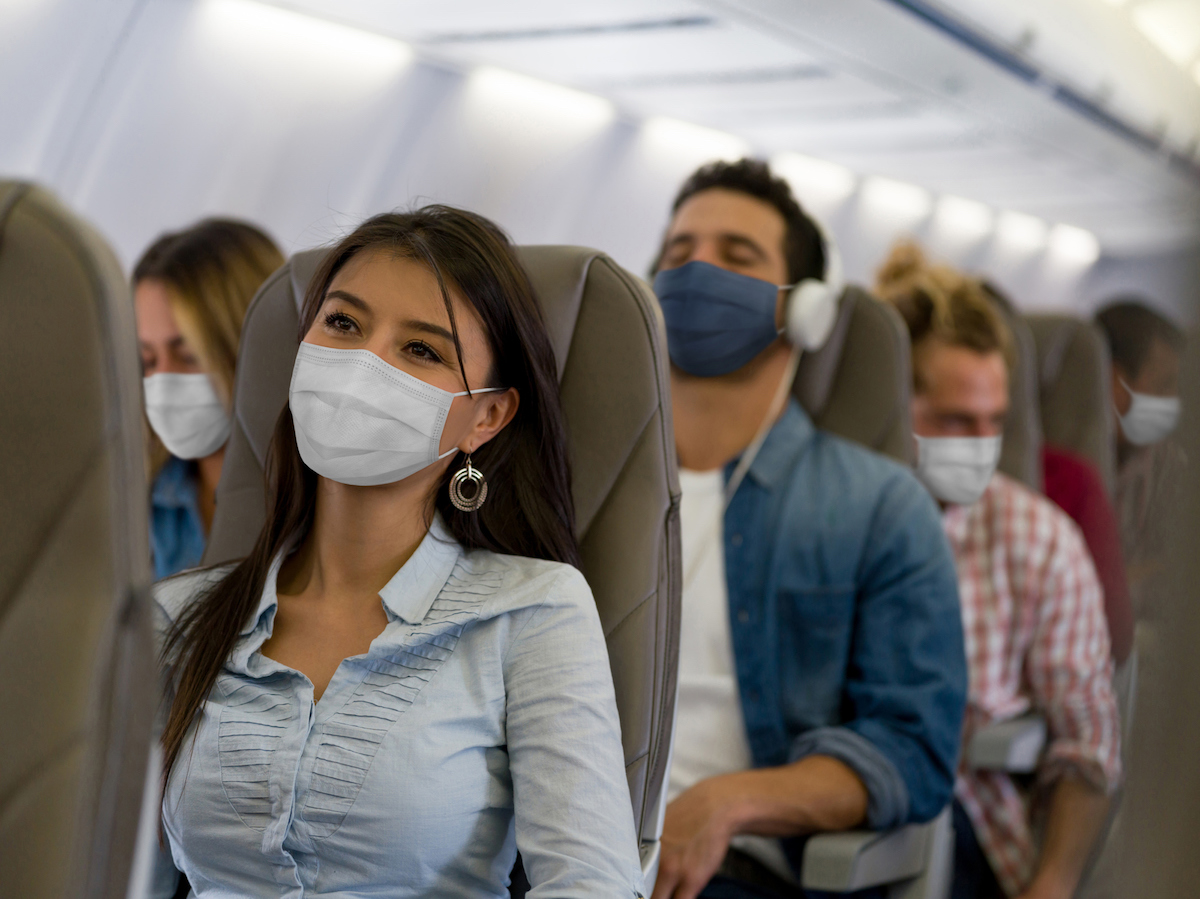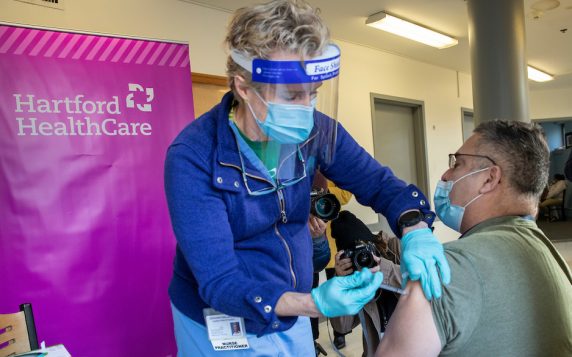If you’re concerned about COVID-19 while traveling this spring, an airplane is about as low-risk at it gets. Just ask the airlines.
Even independent voices agree. Last fall, an online report published on the JAMA Patient Page by the The Journal of the American Medical Association said the risk of COVID-19 infection on a plane “is lower than from an office building, classroom, supermarket or commuter train.
[pullquote]Update: Air travel, both within the United States and internationally, is now classified as “low risk” by the Centers for Disease Control and Prevention for people who are fully vaccinated. If you’re vaccinated, you also do not need a coronavirus test unless traveling internationally to a destination that requires one. When traveling internationally, you should have a negative test result before returning to the United States. The CDC says you’re fully vaccinated two weeks after your second dose of a two-dose vaccine (Pfizer-BioNTech or Moderna) or two weeks after a single-dose vaccine (Johnson & Johnson).[/pullquote]
Dr. Faiqa Cheema, a Hartford HealthCare infectious disease specialist, also says you should be fine as long as you practice distancing and other Centers for Disease Control and Prevention recommendations.
“Being on a plane itself does not increase your risk,” she said. “We know that because the airlines follow high-quality standards for purification of the air and the filters they use are like those we use in the hospital for patients who have COVID-19 and are placed in isolation.”
A commercial plane’s ventilation system continuously circulates and refreshes the cabins as it filters more than 99 percent of COVID-causing particles, according to a report by the T.H. Chan School of Public Health at Harvard University. Exhaled carbon monoxide is dispersed quickly by fresh air directed down toward seated passengers.The JAMA report, published in October, only found about 42 cases of in-flight COVID-19 transmission worldwide.
But airline safety should also include these protocols:
- Masks worn by all passengers and crew throughout the flight.
- Physical distancing when boarding and leaving the plane.
- Disinfection of frequently touched surfaces between flights.
- Assurance that no passengers with COVID-19 are allowed on the plane.
“Most viruses and other germs do not spread easily on flights because of how air is circulated and filtered on airplanes,” says the CDC.
You’re far more likely to get infected when:
- Taking a taxi or limousine service to or from the airport.
- Using an airport shuttle bus.
- Eating out without washing your hands.
- Standing in long lines or in crowds at luggage-retrieval carousels.
This story was updated April 2.



